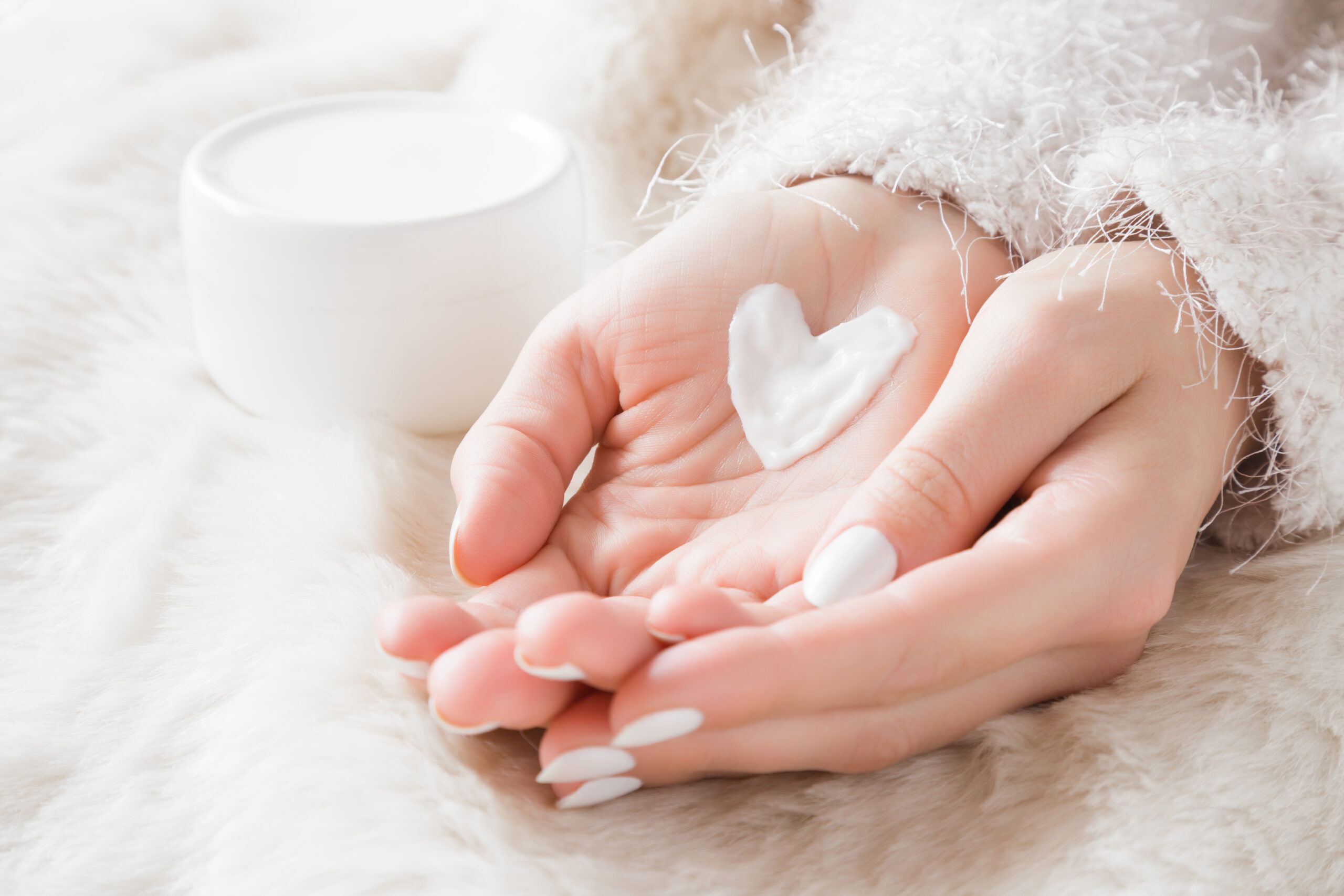If you answered the skin, you are correct! All organs including the skin need the right nutrients to stay healthy. Skin is also one of the most crucial parts of your body’s immune system, it is the first line of defense. In addition, 80% of goes on the skin soaks into the skin with 60% making it directly to the bloodstream.
You won’t hear me talk about anti-aging because I can’t stop the fact that we are all aging, and that’s ok, we all have that in common. If we take proper care of our skin and feed it well, the inevitable reward will be younger, healthier looking skin.
Healthy, beautiful, and resilient skin depends on both an “inside-out” and an “outside-in” approach. I wrote an article in 2019 entitled “Your Skin is Telling your Health Story”. The title says it all really, if our diets are healthy, we reduce toxins, drink plenty of water, exercise, and get adequate amounts of sleep, our internal health will be reflected on the outside.
As a part of the “inside-out” and “outside-in” approach, it is important to keep the microbiomes inside of the gut and on outside on the skin healthy. There’s a lot of information out there regarding the gut microbiome, but we don’t hear much about the one that lives on the skin. Both are equally important, and both should be kept in balance. Our skin’s microbiome is our first line of defense against bacteria that can cause disease. It also has a line of communication to the gut microbiome. What affects your gut will ultimately affect your skin. This is the reason we suggest a change of diet for people suffering from acne not just a change in skin care products. A healthy microbiome keeps our skin moist and plump. Who doesn’t want that?
Next spend a little time educating yourself on labels and ingredients.
Beauty products claiming to have organic ingredients, may also contain a variety of synthetic and harmful chemicals.
Beauty products displaying “natural” on the label can legally contain cancer-causing petrochemicals. In the cosmetics industry these sorts of claims are not regulated and largely have no legal definitions.
Regulations for the U. S. cosmetics industry have not been updated in more than 80 years. In addition, the conventional cosmetic industry is powerful like the food, and pharmaceutical industries, and produces over $170 billion in annual sales. It is up to the consumer to educate themselves and stop buying products that ultimately damage our skin and the environment.
40 countries have banned or restricted 1,400 ingredients currently used in the cosmetics field for health and safety reasons, the U.S. has restricted 11. Of those 1400 banned chemicals still allowed in U.S. cosmetics field 200 are endocrine-disrupting chemicals which means hormone disrupters. In addition to the endocrine disrupter itself, many of these skincare products contain penetration enhancers designed to make their product infiltrate your skin more deeply… that means whatever is in their product is designed to enter your body more aggressively.
Endocrine disrupting chemicals can also be found in some foods which is not good, but less impactful because when you consume something through your mouth, it goes through the digestive system that includes various “barriers” whose purpose is to weed out and dispose of toxins. With the skin, 60% of what goes on it, goes directly to bloodstream.
These products are designed to provide short-term benefits, but we must ask ourselves what they are doing to our skin over time and our water supply long-term.
What can you do?
Look for the full ingredient list and be cautious if it is not provided. Another common trick is putting the ingredients on a box containing the product. Typically, we throw that box away and never know what we are putting on our skin. (Not to mention the fact that being a “boxless” factory produces less waste and is better for the environment.)
There is a list of “the dirty dozen” 12 ingredients to avoid published by the David Suzuki Foundation, take time to read it. We do not use any of the ingredients on that list and in addition, there is a list of 59 more we won’t use which is published on our website.
Be mindful that your skin is eating/absorbing what you put on it because it needs nutrition just like our other organs. In the same way we now know that eating foods with artificial ingredients is not good for us – feeding our skin artificial ingredients and petrochemicals does not give it the nutrition it needs to perform at its best.
Good news:
Our largest organ is resilient and quickly reflects of positive change! Your skin will tell the story if you focus on your health from the “inside-out” and “outside-in”.
Pretty hurts: are chemicals in beauty products making us ill? | US news | The Guardian
Endocrine Disruptors (nih.gov)
The Dirty Dozen: Sodium Laureth Sulfate – David Suzuki Foundation


